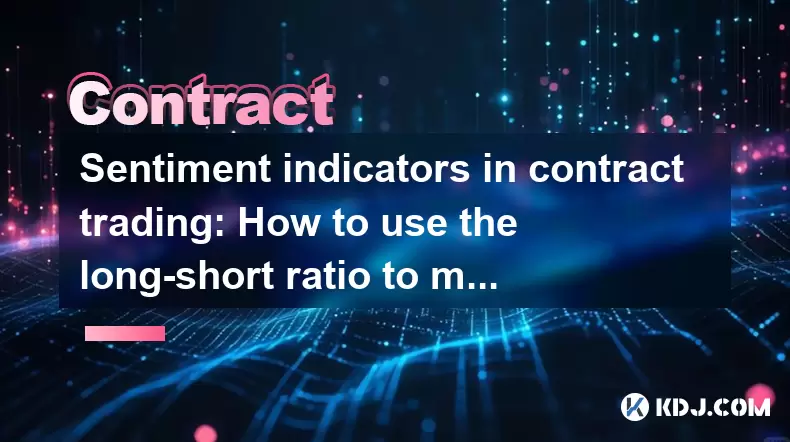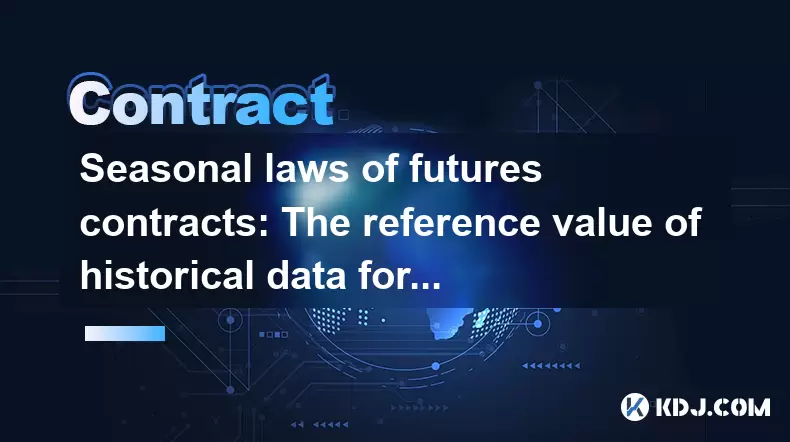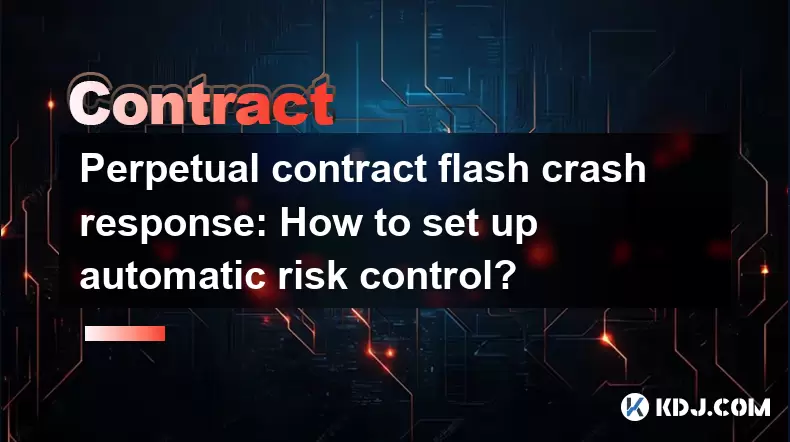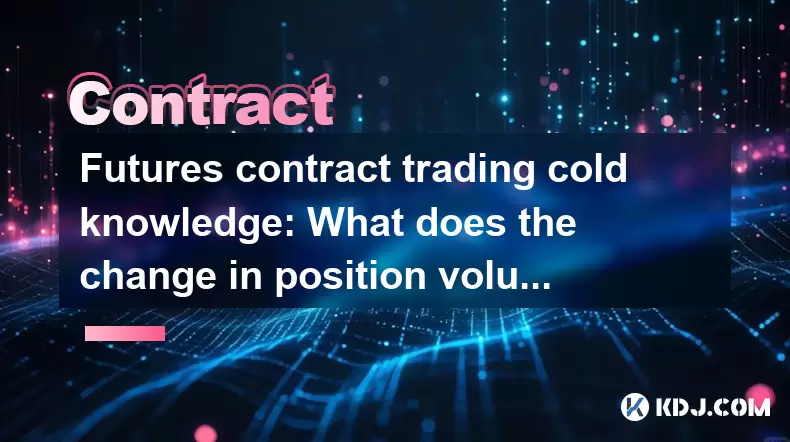-
 Bitcoin
Bitcoin $106,754.6083
1.33% -
 Ethereum
Ethereum $2,625.8249
3.80% -
 Tether USDt
Tether USDt $1.0001
-0.03% -
 XRP
XRP $2.1891
1.67% -
 BNB
BNB $654.5220
0.66% -
 Solana
Solana $156.9428
7.28% -
 USDC
USDC $0.9998
0.00% -
 Dogecoin
Dogecoin $0.1780
1.14% -
 TRON
TRON $0.2706
-0.16% -
 Cardano
Cardano $0.6470
2.77% -
 Hyperliquid
Hyperliquid $44.6467
10.24% -
 Sui
Sui $3.1128
3.86% -
 Bitcoin Cash
Bitcoin Cash $455.7646
3.00% -
 Chainlink
Chainlink $13.6858
4.08% -
 UNUS SED LEO
UNUS SED LEO $9.2682
0.21% -
 Avalanche
Avalanche $19.7433
3.79% -
 Stellar
Stellar $0.2616
1.64% -
 Toncoin
Toncoin $3.0222
2.19% -
 Shiba Inu
Shiba Inu $0.0...01220
1.49% -
 Hedera
Hedera $0.1580
2.75% -
 Litecoin
Litecoin $87.4964
2.29% -
 Polkadot
Polkadot $3.8958
3.05% -
 Ethena USDe
Ethena USDe $1.0000
-0.04% -
 Monero
Monero $317.2263
0.26% -
 Bitget Token
Bitget Token $4.5985
1.68% -
 Dai
Dai $0.9999
0.00% -
 Pepe
Pepe $0.0...01140
2.44% -
 Uniswap
Uniswap $7.6065
5.29% -
 Pi
Pi $0.6042
-2.00% -
 Aave
Aave $289.6343
6.02%
How to add margin to ProBit Global contract
Understanding the risks and steps involved is essential before using margin trading on ProBit Global, as it allows traders to amplify profits but also increases the potential for significant losses.
Nov 25, 2024 at 01:08 am

How to Add Margin to ProBit Global Contract
ProBit Global is a cryptocurrency exchange that offers a variety of trading products, including margin trading. Margin trading allows traders to borrow funds from the exchange to increase their trading power. This can be a useful way to amplify profits, but it also comes with increased risk.
If you're new to margin trading, it's important to understand the risks involved before you get started. You should also make sure that you have a clear understanding of how to add margin to your ProBit Global account.
In this article, we will provide a step-by-step guide on how to add margin to your ProBit Global account. We will also discuss the risks involved in margin trading and provide some tips for managing your risk.
Step 1: Create a ProBit Global Account
If you don't already have a ProBit Global account, you will need to create one before you can add margin. You can create an account by visiting the ProBit Global website and clicking on the "Sign Up" button.
Once you have created an account, you will need to verify your email address and identity. To verify your email address, click on the link in the confirmation email that ProBit Global sends you. To verify your identity, you will need to provide ProBit Global with a government-issued ID.
Step 2: Fund Your ProBit Global Account
Once your account has been verified, you will need to fund it with cryptocurrency. You can do this by depositing cryptocurrency from another wallet or by purchasing cryptocurrency directly from ProBit Global.
To deposit cryptocurrency from another wallet, click on the "Deposit" button on the ProBit Global website. Then, select the cryptocurrency that you want to deposit and follow the instructions on the screen.
To purchase cryptocurrency directly from ProBit Global, click on the "Buy Crypto" button on the ProBit Global website. Then, select the cryptocurrency that you want to purchase and follow the instructions on the screen.
Step 3: Enable Margin Trading
Once your account has been funded, you will need to enable margin trading. To do this, click on the "Margin" tab on the ProBit Global website. Then, click on the "Enable Margin Trading" button.
You will need to read and agree to the terms and conditions of margin trading before you can enable it. Once you have agreed to the terms and conditions, click on the "Confirm" button.
Step 4: Add Margin to Your Account
Once margin trading has been enabled, you can add margin to your account. To do this, click on the "Margin" tab on the ProBit Global website. Then, click on the "Add Margin" button.
You will need to select the cryptocurrency that you want to add margin to and the amount of margin that you want to add. Once you have selected the cryptocurrency and the amount of margin, click on the "Confirm" button.
The margin that you add to your account will be used to increase your trading power. You can use this increased trading power to trade larger positions or to trade with leverage.
Risks of Margin Trading
Margin trading can be a powerful tool, but it also comes with increased risk. It is important to understand the risks involved before you start margin trading.
The biggest risk of margin trading is that you can lose more money than you deposit. This is because when you trade with margin, you are borrowing money from the exchange. If the market moves against you, you will be responsible for repaying the borrowed money plus interest.
Another risk of margin trading is that you can be liquidated. Liquidation occurs when the value of your trading position falls below a certain level. When this happens, the exchange will sell your position to cover its losses.
Tips for Managing Your Risk
If you are considering margin trading, it is important to take steps to manage your risk. Here are some tips:
- Only trade with margin if you understand the risks involved.
- Start small and gradually increase your margin as you gain experience.
- Use stop-loss orders to limit your losses.
- Monitor your trading positions regularly and close them if the market moves against you.
- Be prepared to lose money.
Disclaimer:info@kdj.com
The information provided is not trading advice. kdj.com does not assume any responsibility for any investments made based on the information provided in this article. Cryptocurrencies are highly volatile and it is highly recommended that you invest with caution after thorough research!
If you believe that the content used on this website infringes your copyright, please contact us immediately (info@kdj.com) and we will delete it promptly.
- 2025-W Uncirculated American Gold Eagle and Dr. Vera Rubin Quarter Mark New Products
- 2025-06-13 06:25:13
- Ruvi AI (RVU) Leverages Blockchain and Artificial Intelligence to Disrupt Marketing, Entertainment, and Finance
- 2025-06-13 07:05:12
- H100 Group AB Raises 101 Million SEK (Approximately $10.6 Million) to Bolster Bitcoin Reserves
- 2025-06-13 06:25:13
- Galaxy Digital CEO Mike Novogratz Says Bitcoin Will Replace Gold and Go to $1,000,000
- 2025-06-13 06:45:13
- Trust Wallet Token (TWT) Price Drops 5.7% as RWA Integration Plans Ignite Excitement
- 2025-06-13 06:45:13
- Ethereum (ETH) Is in the Second Phase of a Three-Stage Market Cycle
- 2025-06-13 07:25:13
Related knowledge

Sentiment indicators in contract trading: How to use the long-short ratio to make decisions?
Jun 14,2025 at 07:00am
What Are Sentiment Indicators in Contract Trading?In the realm of cryptocurrency contract trading, sentiment indicators play a crucial role in gauging market psychology. These tools help traders understand whether the market is dominated by bullish or bearish expectations. Among these indicators, the long-short ratio stands out as one of the most tellin...

Seasonal laws of futures contracts: The reference value of historical data for trading
Jun 16,2025 at 02:21am
Understanding Futures Contracts in the Cryptocurrency MarketIn the cryptocurrency market, futures contracts are derivative financial instruments that allow traders to speculate on or hedge against the future price of a digital asset. These contracts obligate the buyer to purchase an asset (or the seller to sell an asset) at a predetermined future date a...

Perpetual contract flash crash response: How to set up automatic risk control?
Jun 13,2025 at 06:28pm
Understanding Perpetual Contract Flash CrashesA flash crash in the context of perpetual contracts refers to a sudden, sharp, and often short-lived drop or spike in price due to high volatility, thin order books, or algorithmic trading activities. These events can lead to massive liquidations across long or short positions on trading platforms. Traders m...

Take-profit strategy in contract trading: Comparison between dynamic take-profit and fixed take-profit
Jun 14,2025 at 07:08am
What Is Take-profit in Contract Trading?In the realm of cryptocurrency contract trading, take-profit refers to a predefined price level at which a trader automatically closes a profitable position. This mechanism is essential for risk management and profit locking. Traders use take-profit orders to ensure they secure gains without being swayed by emotio...

Futures contract trading cold knowledge: What does the change in position volume indicate?
Jun 14,2025 at 09:22pm
Understanding Position Volume in Futures Contract TradingIn the world of futures contract trading, position volume is a key metric that often goes overlooked by novice traders. Unlike simple price or volume indicators, position volume reflects the total number of open contracts at any given time. This metric provides insights into market sentiment and c...

Analysis of perpetual contract reverse contracts: The difference between BTC/USD and USD/BTC
Jun 15,2025 at 03:49am
Understanding Perpetual Contracts in Cryptocurrency TradingIn the realm of cryptocurrency derivatives, perpetual contracts have become a cornerstone for both novice and seasoned traders. Unlike traditional futures contracts that have an expiration date, perpetual contracts can be held indefinitely. This feature allows traders to maintain positions as lo...

Sentiment indicators in contract trading: How to use the long-short ratio to make decisions?
Jun 14,2025 at 07:00am
What Are Sentiment Indicators in Contract Trading?In the realm of cryptocurrency contract trading, sentiment indicators play a crucial role in gauging market psychology. These tools help traders understand whether the market is dominated by bullish or bearish expectations. Among these indicators, the long-short ratio stands out as one of the most tellin...

Seasonal laws of futures contracts: The reference value of historical data for trading
Jun 16,2025 at 02:21am
Understanding Futures Contracts in the Cryptocurrency MarketIn the cryptocurrency market, futures contracts are derivative financial instruments that allow traders to speculate on or hedge against the future price of a digital asset. These contracts obligate the buyer to purchase an asset (or the seller to sell an asset) at a predetermined future date a...

Perpetual contract flash crash response: How to set up automatic risk control?
Jun 13,2025 at 06:28pm
Understanding Perpetual Contract Flash CrashesA flash crash in the context of perpetual contracts refers to a sudden, sharp, and often short-lived drop or spike in price due to high volatility, thin order books, or algorithmic trading activities. These events can lead to massive liquidations across long or short positions on trading platforms. Traders m...

Take-profit strategy in contract trading: Comparison between dynamic take-profit and fixed take-profit
Jun 14,2025 at 07:08am
What Is Take-profit in Contract Trading?In the realm of cryptocurrency contract trading, take-profit refers to a predefined price level at which a trader automatically closes a profitable position. This mechanism is essential for risk management and profit locking. Traders use take-profit orders to ensure they secure gains without being swayed by emotio...

Futures contract trading cold knowledge: What does the change in position volume indicate?
Jun 14,2025 at 09:22pm
Understanding Position Volume in Futures Contract TradingIn the world of futures contract trading, position volume is a key metric that often goes overlooked by novice traders. Unlike simple price or volume indicators, position volume reflects the total number of open contracts at any given time. This metric provides insights into market sentiment and c...

Analysis of perpetual contract reverse contracts: The difference between BTC/USD and USD/BTC
Jun 15,2025 at 03:49am
Understanding Perpetual Contracts in Cryptocurrency TradingIn the realm of cryptocurrency derivatives, perpetual contracts have become a cornerstone for both novice and seasoned traders. Unlike traditional futures contracts that have an expiration date, perpetual contracts can be held indefinitely. This feature allows traders to maintain positions as lo...
See all articles

























































































